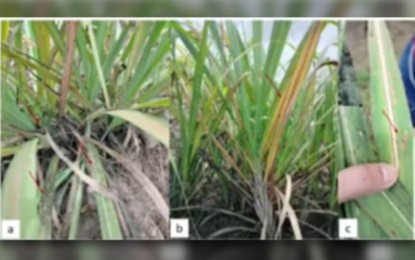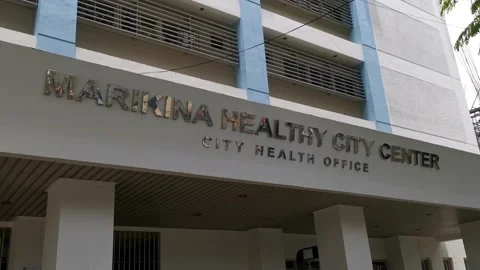
19 Sep, 2025
2 min read
SRA and HPCo Collaborate on Organic Solution to Combat Sugarcane Pest in Negros Occidental
The Sugar Regulatory Administration (SRA) has joined forces with the Hawaiian-Philippine Company (HPCo) to address the infestation of red-striped soft scale insects (RSSI) in Negros Occidental’s sugarcane fields through an organic treatment strategy.
SRA Administrator Pablo Luis Azcona reaffirmed support for HPCo’s biological approach, which aims to reduce the pest population that can diminish sugar content in crops by nearly 50 percent without harming the surrounding ecosystem. Azcona emphasized, "This partnership is not only about resolving the current pest challenge but also about establishing sustainable agricultural practices that will benefit sugarcane farmers now and in the future."
Since June, HPCo’s technical experts have been developing and refining an organic pest control protocol tailored to varying RSSI infestation levels. This initiative complements the SRA's broader sustainability agenda. Following a recent consultation with Israeli agricultural specialists Yael Skutelsky and Nina Lehmann, HPCo implemented a structured protocol comprising assessment, targeted spraying, and continuous monitoring.
Rodeo Suating, HPCo’s Co-Generation Head and Regulatory Compliance Officer, explained, "Our objective is to reduce the RSSI population to a level where natural predators can manage the pest, thereby restoring ecological balance. The protocol focuses on disrupting pest development and reproduction while preserving beneficial insect populations."
The organic treatment consists of three phases: initial evaluation and application, a follow-up review with potential additional spraying, and a final monitoring stage to verify the return of beneficial insects. Originally tested in HPCo-managed plantations, the method is now being extended to neighboring farms.
The SRA highlighted that unlike conventional pesticides, which can be detrimental to beneficial insects, the HPCo protocol offers a sustainable and cost-efficient alternative. Pest infestations are typically observed near field edges and roadsides, with symptoms—such as leaf yellowing, stunted growth, and shortened internodes—manifesting within 2 to 3 months after planting and peaking from the fourth to the tenth month.
Paul Andrew Curran, HPCo Chairman, confirmed the company’s commitment to widespread application of the program across its mill district. Initial distribution of the organic treatment will be provided free of charge to affected farms in Silay City and Enrique B. Magalona municipality. Farmers will be responsible for implementing field assessments, spraying, and clearing trash to maximize the program’s effectiveness.
Recommended For You

Archdiocese of Manila Calls for Prayer and Peaceful Protest Against Corruption in Flood Control Projects
Sep 19, 2025
Gregoria Sumulong
911 and the New Social Contract
Sep 19, 2025
Delfin Carreon

Marikina Relocates Senior Citizens’ Office to Enhance Healthcare Access
Sep 19, 2025
Visitacion Quibuyen

Philippine Judiciary Affirms Impartiality Amid Flood Control Corruption Cases
Sep 19, 2025
Delfin Carreon
